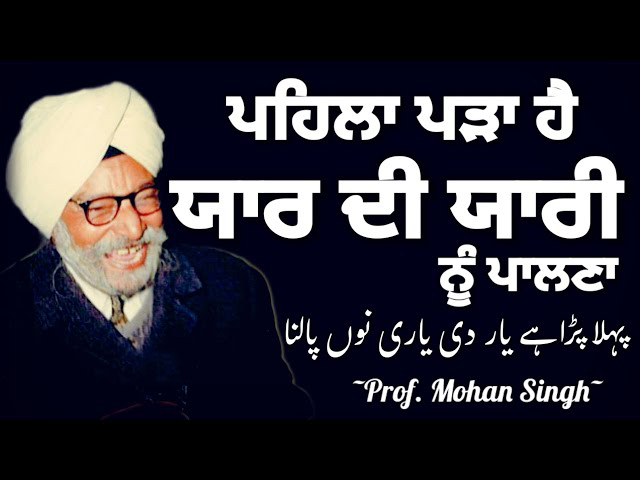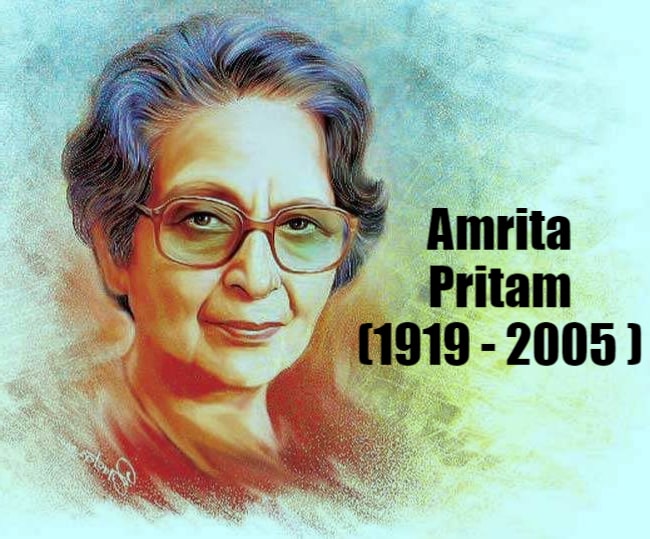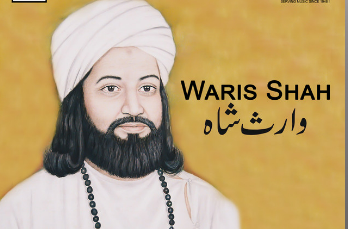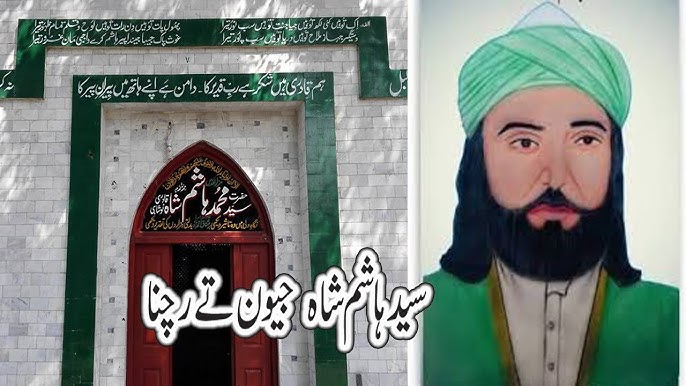Mohan Singh A Pillar of Punjabi Poetry
Mohan Singh: A Pillar of Punjabi Poetry
Mohan Singh (1905–1978) is one of the most revered figures in Punjabi literature, celebrated for his profound contributions as a poet, essayist, and translator. His work resonates with the themes of love, spirituality, and social consciousness, capturing the essence of the Punjabi experience. Singh’s literary journey reflects his commitment to the Punjabi language and culture, earning him a distinguished place among the luminaries of modern Punjabi poetry.
Early Life and Background
Mohan Singh was born on March 2, 1905, in the village of Banga, located in the present-day Punjab province of Pakistan. Growing up in a culturally vibrant environment, he was exposed to the rich traditions and folklore of Punjab from an early age. His family valued education, and he was encouraged to pursue his studies, which laid the foundation for his literary career.
He completed his early education in his village and later attended Government College, Lahore, where he studied English literature. His time at university expanded his literary horizons, exposing him to various literary movements and styles, which would influence his own work. The socio-political climate of British India during this period significantly shaped his worldview, prompting him to engage with issues of social justice and cultural identity in his writing.
Literary Themes and Style
Mohan Singh’s poetry is characterized by its depth, emotional resonance, and engagement with significant social issues. His work encompasses several prominent themes:
1. Love and Human Connection
A central theme in Mohan Singh’s poetry is love—both romantic and platonic. His verses often explore the complexities of human relationships, capturing the joys and sorrows of love. He emphasized the idea of love as a unifying force, transcending social and cultural barriers.
2. Cultural Identity and Heritage
Singh’s work is deeply rooted in Punjabi culture, drawing upon folk traditions, idioms, and linguistic nuances. He celebrated the beauty of the Punjabi language while simultaneously critiquing societal norms and injustices. His poetry reflects a strong sense of cultural identity, emphasizing the importance of preserving Punjabi heritage.
3. Social Issues and Justice
Mohan Singh was acutely aware of the socio-political dynamics of his time. His poetry often addresses pressing social issues such as poverty, inequality, and communal harmony. Through his verses, he sought to raise awareness and inspire change, positioning himself as a voice for the marginalized and oppressed.
4. Spirituality and Philosophy
Singh’s poetry frequently delves into spiritual themes, exploring the relationship between the human soul and the divine. He drew inspiration from the mystical traditions of Sufism, infusing his verses with philosophical reflections on existence, purpose, and the quest for truth.
Major Works
Mohan Singh’s literary output is diverse, encompassing poetry, essays, and translations. Some of his most notable works include:
1. “Ghazal” Collections
Singh’s poetry often took the form of ghazals, a traditional poetic form known for its lyrical beauty and emotional depth. His ghazals reflect his mastery of the genre, exploring themes of love, longing, and existential reflection.
2. “Panjabi Lok Geet” (Punjabi Folk Songs)
In this collection, Singh celebrated the rich tradition of Punjabi folk songs, incorporating local idioms and cultural references. His ability to blend traditional forms with contemporary themes made this work a significant contribution to Punjabi literature.
3. “Kahaniyan” (Stories)
Mohan Singh also ventured into short stories, where he combined narrative storytelling with poetic expression. His stories often focused on the lives of ordinary people, shedding light on their struggles and aspirations.
4. “Mohan Singh De Lok Geet” (Folk Songs of Mohan Singh)
This anthology showcases Singh’s talent for capturing the essence of Punjabi culture through folk songs. The collection reflects his deep appreciation for the oral traditions of Punjab and serves as a celebration of the region’s rich heritage.
Literary Style
Mohan Singh’s poetic style is marked by its lyrical beauty and emotional depth. He employed various forms, including traditional Punjabi ghazals, folk verses, and free verse, allowing him to express a wide range of emotions and ideas.
His use of colloquial language and idiomatic expressions made his poetry accessible to a broader audience. Singh’s ability to convey complex emotions with simplicity and clarity is one of the hallmarks of his literary style. His verses often incorporate rich metaphors and similes, enhancing the imagery and emotional impact of his work.
Awards and Recognition
Throughout his illustrious career, Mohan Singh received numerous awards and accolades in recognition of his literary contributions. He was honored with the Punjab Sahitya Akademi Award and the Sahitya Akademi Fellowship, acknowledging his significant impact on Punjabi literature.
His poetry has been translated into several languages, broadening his reach and influence beyond the Punjabi-speaking community. Singh’s ability to transcend linguistic and cultural barriers speaks to the universal themes he explored in his work.
Legacy and Impact
Mohan Singh’s legacy is evident in his enduring influence on Punjabi literature and culture. His exploration of love, social issues, and cultural identity continues to resonate with readers, inspiring new generations of poets and writers to engage with these themes.
Singh’s poetry has found its way into contemporary music, theater, and art, further popularizing his work and making it accessible to a wider audience. His commitment to social justice and humanism aligns him with the broader global literary canon, positioning him as a voice for the marginalized and oppressed.
Furthermore, Mohan Singh’s ability to articulate the struggles and triumphs of the human spirit situates his work within a universal framework, appealing to readers from diverse backgrounds. His poetry serves as a reminder of the power of literature to inspire change and foster understanding.
Conclusion
Mohan Singh stands as a significant figure in Punjabi literature, his poetry serving as a powerful testament to the beauty and complexity of human emotions. His exploration of love, social issues, and cultural identity resonates with readers, offering a glimpse into the intricacies of the human experience.
Through his evocative verses and lyrical style, Singh captured the essence of Punjabi culture while transcending the confines of time and geography. His legacy endures not only in the realm of literature but also in the hearts of those who continue to find solace and inspiration in his words. As a beacon of modern Punjabi poetry, Mohan Singh remains an eternal voice, celebrating the richness of human experience and the beauty of Punjabi culture.





